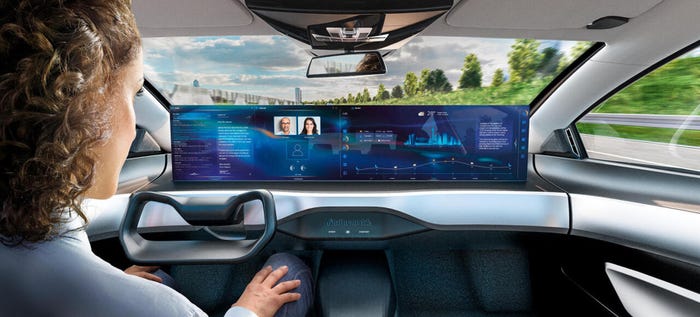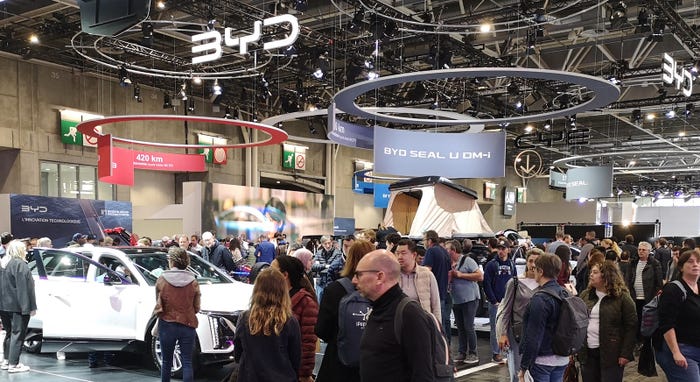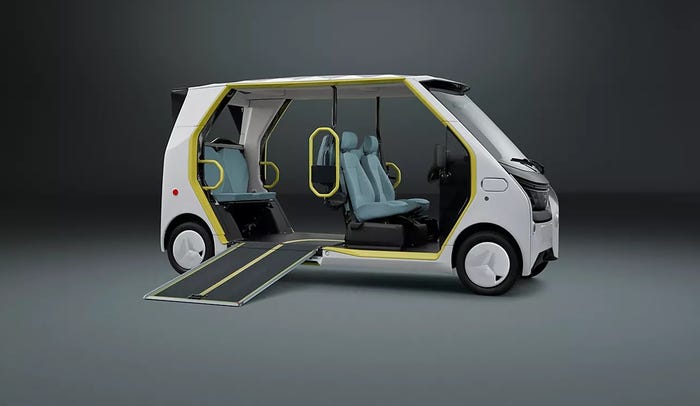New Vehicle Transaction Prices Continue to Fall
Manufacturers’ incentives dig into profits, especially for luxury vehicles, fullsize pick ups.

Many dealers have fat inventories and steady sales, but incentives have taken a bite out of their profit margins, according to Kelley Blue Book.
Year-over-year price declines accelerated in January, primarily because of manufacturers’ incentives designed to keep sales volume brisk, KBB reports.
The seasonally adjusted annual rate of sales stood at 15 million in January, a decline from December 2023’s 16.1 million and below the 15.1 million pace seen in January 2023, KBB says.
In January, average discounts and incentives stood at 5.7% of the Average Transaction Price (ATP), marking an increase from December’s 5.5% and a nearly 100% rise from the previous year. In January 2023, when there was a significant 750,000-unit drop in new-vehicle inventory, average incentives were just 2.8% of ATP, reports KBB.
“It is common to see lower transaction prices and sales in January, as December typically is a hot month for luxury vehicle sales,” says Erin Keating, Cox Automotive executive analyst. “However, the year-over-year new-vehicle ATP decline of 3.5% is notable. Prices have been trending downward for roughly six months now as automakers are sweetening deals to keep the sales flowing.”
The highest discounts during this period were on luxury vehicles and fullsize pickup trucks. Yet the incentives for small pickups, fullsize SUVs and minivans remained notably lower than the industry norm for January, averaging below 3% of ATP.
Luxury SUVs Lead the Decrease
In January, the purchase price for luxury brand vehicles dropped to an average of $60,978, a decrease from December’s $62,834 and the lowest average price seen since the summer of 2021, according to KBB. Year-over-year, January saw a 9.7% reduction in luxury car prices, while luxury compact SUVs experienced an 11.9% decrease compared to January of the previous year.
The sales incentives for luxury vehicles were at 6.2% of ATP in January, a slight decrease from December, yet they were 123% higher than in January 2023.
Luxury brands made up 19.8% of total industry sales in January, a slight decrease from 20.6% in December, which is typically a strong month for luxury vehicle sales.
EV Prices Keep Falling
The continued decrease in EV pricing led Cox Automotive and KBB to revise the company’s EV transaction price data in January. According to the adjusted analysis, the average price paid for a new electric vehicle in January was $55,353. Year over year, EV prices have plummeted by 10.8%, according to KBB. Still, KBB reports January EV prices were higher month-over-month by 3.2%, as EV ATPs in December 2023 averaged $53,611, the lowest point in the past 12 months.
“First and foremost, the overall narrative is unchanged – EV prices have come down significantly in the U.S. in the past year, led by price cuts at Tesla,” says Mark Strand, Cox Automotive’s senior director of Business Intelligence.
On many models, EV incentives have more than tripled in the past year. For example, in January 2023, the popular VW ID.4 carried an average incentive package equal to approximately 6% of ATP; last month incentives jumped to nearly 17% of ATP. Prices for the Tesla Model Y, the industry’s EV volume leader, have dropped more than 21% in the past year, falling from nearly $63,000 in January 2023 to less than $50,000 last month.
Non-Luxury Brands Not Safe From Decreases
Prices for non-luxury brands also declined. The average price for these vehicles was $44,052, marking a 2.1% decrease from the previous year. Incentives for non-luxury vehicles averaged 5.5%, showing an increase from December, while the year prior, in January 2023, these incentives were at 2.9% of ATP.
About the Author
You May Also Like



.jpg?width=700&auto=webp&quality=80&disable=upscale)

